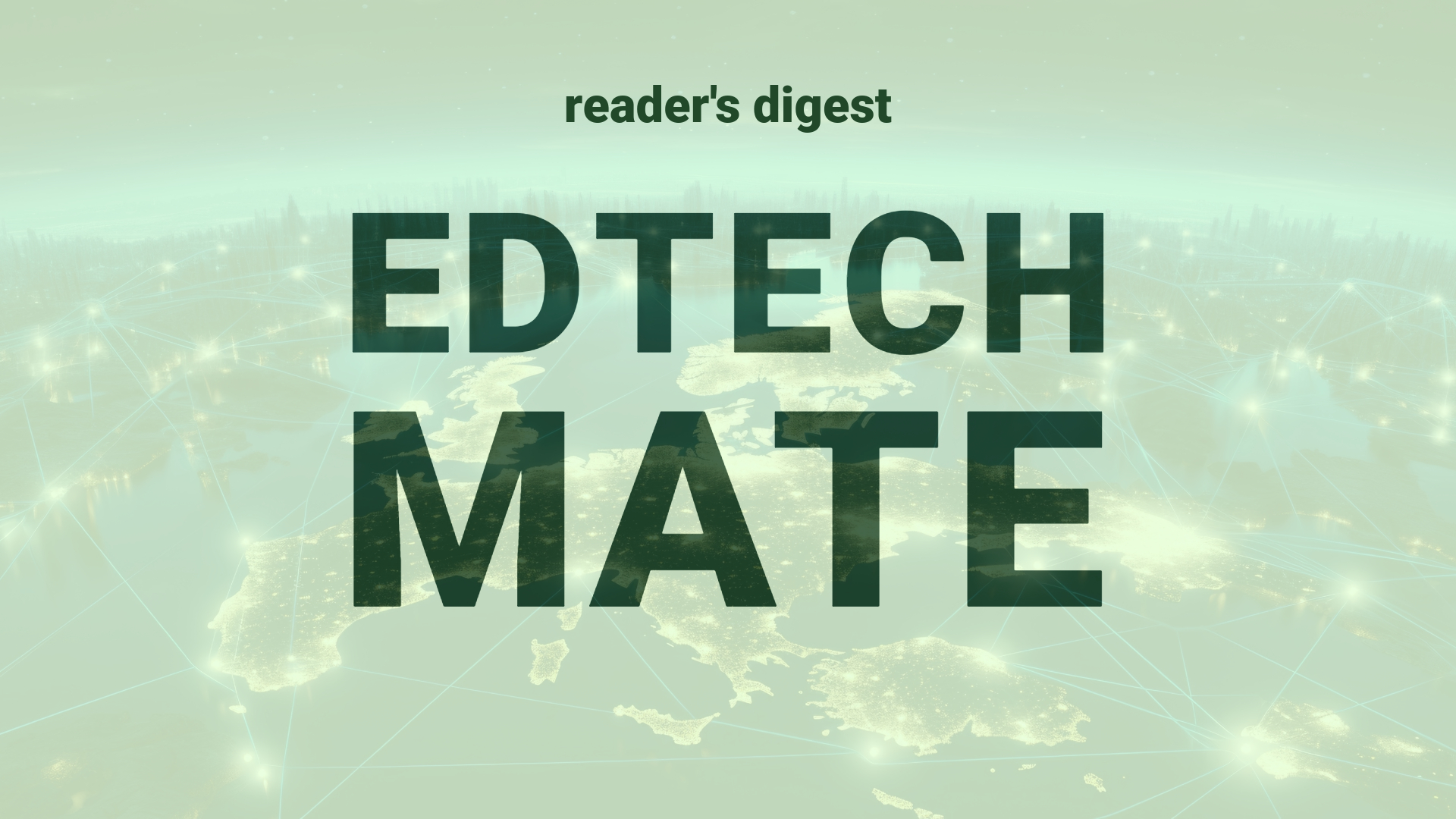Executive Summary and Main Points
The defense sector’s digital transformation continues to evolve with significant role changes within the Chief Digital and Artificial Intelligence Office (CDAO) of the US Department of Defense. The first leader, Craig Martell, has transitioned out, succeeded by Radha Plumb. Martell’s legacy includes the establishment of strategic AI-based defense systems initiatives. These initiatives aim for enhanced data quality, better business performance metrics, and digital workforce management. Furthermore, the launch of Digital On-Demand service, in collaboration with MIT Horizon, serves to upskill the DOD workforce in AI and other emerging technologies. The ongoing refinement of the Chief Digital and Artificial Intelligence Officer (CDAO) role reflects the dynamic nature of the sector, balancing innovation with the demands of large bureaucratic structures.
Potential Impact in the Education Sector
The developments within the CDAO have far-reaching implications for Further Education and Higher Education, potentially revolutionizing the integration of AI and big data analytics into the curriculum. In essence, strategic lessons from the defense sector, such as Digital On-Demand services for professional development, can be mirrored in educational institutions to promote AI literacy. Similarly, the partnership model exemplified by the Pentagon and MIT Horizon could inspire collaborations between educational institutions and tech companies to develop cutting-edge learning resources. Moreover, in the evolving Micro-credentials space, such collaborations could lead to the creation of tailored short courses that strategically accommodate market demands and technological advancements.
Potential Applicability in the Education Sector
Innovative applications around AI and digital tools can be crafted for global education systems inspired by the CDAO’s strategic initiatives. Data quality improvements could influence the development of adaptive learning platforms, enabling personalized education experiences. Improved business metrics might translate into advanced analytics for measuring educational outcomes and efficiencies. Furthermore, the adoption of digital employee management systems from the defense sector could streamline administrative tasks for academic staff, allowing for a greater focus on teaching and research.
Criticism and Potential Shortfalls
While CDAO’s initiatives offer promising advances, potential pitfalls include the risk of overreliance on AI decision-making, overlooking the subtleties of human context in education. Comparative international case studies, such as the implementation of AI tools in different cultural and ethical education environments, show varying levels of success and receptivity. These underscore the necessity to consider the unique demands and values of each education system before introducing new technologies. Additionally, issues such as data privacy, surveillance, and biases must be addressed to avoid undermining the trust and autonomy of educational institutions.
Actionable Recommendations
Educational leaders can draw from the digital strategy playbook of the CDAO by investing in professional development platforms similar to Digital On-Demand. Encouraging strategic partnerships with tech firms to access leading-edge resources can also be fruitful. Moreover, integrating advanced analytics into the curriculum can help institutions stay ahead in preparing students for a data-driven world. To ensure these technologies are implemented effectively and ethically, creating oversight committees with student, faculty, and tech industry representation could provide balanced governance. Finally, adopting a phased and transparent approach to AI integration can help evaluate its impact on the educational experience, ensuring alignment with institutional values and educational objectives.
Source article: https://www.cio.com/article/1314431/pentagons-first-chief-ai-officer-leaves-after-two-years.html

